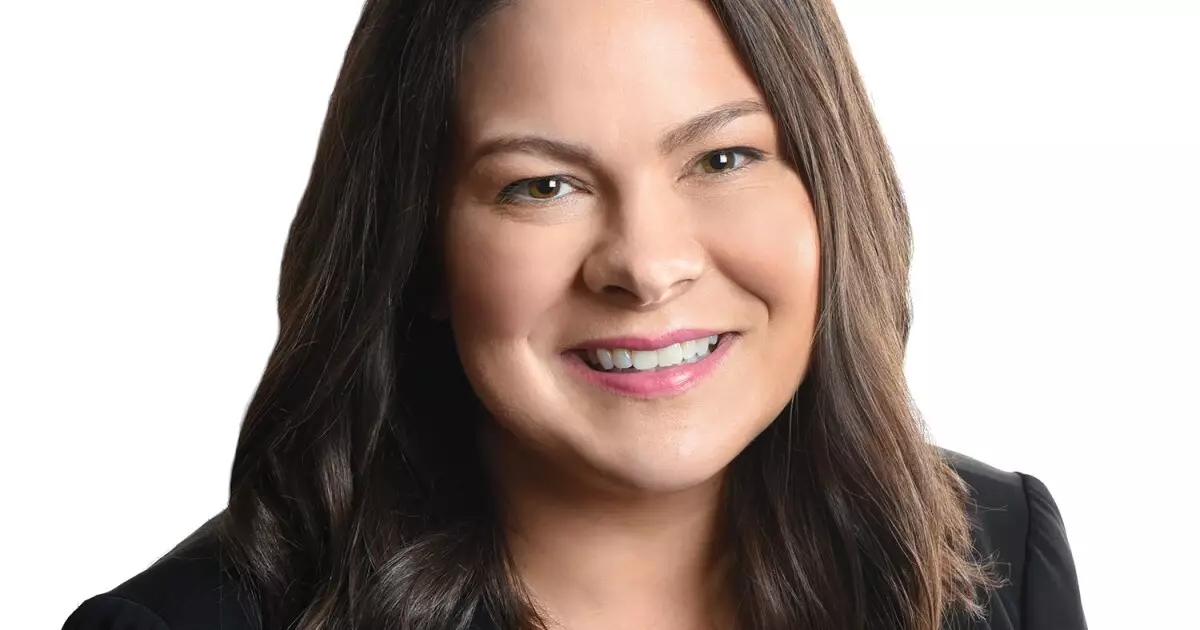The high-yield bond sector has shown remarkable resilience amid the financial storms of the last two years. While volatility may have rattled many investors, the momentum is shifting towards recovery. This niche of the municipal market is gradually finding its footing as demand begins to outpace supply. Given the realities of a post-pandemic recovery, many investors now see high-yield paper as an attractive opportunity. The recent issuance of $2.5 billion in private activity bonds for the Brightline West rail project stands as a testament to this shift, offering yields that seem irresistible. Dubbed “too attractive to ignore” by one observer, this deal reflects a keen interest among investors, even as some remain wary.
The duality of the high-yield landscape is sharply illustrated through the contrasting reception of other deals. A $1.2 billion revenue bond offering for the American Tire Works Project faced significant pushback, postponed in light of perceived risks. This ebb and flow of investor sentiment indicates that while many are eager to engage in the high-yield arena, they are still exercising caution.
Investor Skepticism and Market Disposition
John Miller of First Eagle Investments aptly characterizes the market’s disposition as “choppy.” Despite an inclination to invest, the sentiment is hesitant, resembling a dance of caution and opportunity. Investors are engaged, but there is a palpable reluctance to dive fully into high-yield munis. This nuanced approach allows them to be selective, embracing the opportunities that stand out while sidestepping those that might pose greater risks.
Data from Macquarie shows that high-yield bonds constitute only around 10% of the vast $4 trillion municipal market, a striking reminder of its niche status. Equally fascinating is the balance between investment-grade and high-yield papers—growing at nearly identical rates year-over-year, yet producing a stark contrast in pricing and investor approach. Investors appear to be shifting their focus toward encouraging returns while also navigating the minefield of risk management.
A Year of Divergent Performance
The past year has delivered a mixed bag for high-yield municipal bonds, with Eaton Vance highlighting them as the best-performing segment of the tax-exempt market in 2024. This trend continued as 38% of net inflows into municipal mutual funds targeted high-yield portfolios, despite such bonds making up a mere fraction of the available market supply. This imbalance is not just a statistical anomaly; it signals a persistent appetite for high-yield opportunities that investors believe hold significant potential. The momentum is unmistakable, even if the market supply remains constrained.
This nuanced interplay between investment-grade and high-yield issuance underscores the evolving nature of market participation. For instance, during the first five months of 2025, investment-grade issuance dominated, yet high-yield bonds accounted for a notable share of oversubscriptions, suggesting that investor demand outweighs the available supply—a phenomenon that suggests a bright future for the high-yield sector.
The Role of External Influences
As we peer further into the landscape, it becomes evident that external factors are shaping the market dynamics. The potential for shifts in federal policy, including alterations to tax exemptions, has spurred an uptick in investment-grade issuance. However, these pressures are also gradually feeding into the high-yield sector, leading to increased demands for financing in areas like senior living and land-secured deals.
The confluence of these factors raises the stakes for investors interested in high-yield municipal bonds. With ongoing population growth in key regions such as Texas and Colorado, and the age of assets becoming a pressing consideration, the demand for capital and the revival of relevant projects are bound to continue. As the construction of new communities and the renovation of existing ones capture investor interest, high-yield municipal financing may play a pivotal role.
Transformation and Adaptation in the High-Yield Sphere
The transformation of the high-yield bond market cannot be overlooked, especially as it increasingly intersects with the burgeoning private credit landscape. As bonds begin to fade in their luminary role, an interesting shift toward private lending has emerged, changing the tapestry in which high-yield munis operate. Historical trends show lower-rated bonds making their way towards this private sector, leaving the public high-yield market potentially shrunken.
Nevertheless, experts like Tamara Lowin from VanEck assert the resilience of credit fundamentals as a vital aspect for ongoing investor confidence. The economy has shown remarkable robustness, and default rates have remained reassuringly low across high-yield and nonrated segments. This creates a unique opportunity for astute investors willing to navigate the complexities of this challenging yet promising landscape.
In sum, the high-yield bond market stands at a crossroads, balancing aggressive investor demand with caution and changing market dynamics. Whether this sector can maintain its trajectory amid external pressures remains a point of intrigue for investors monitoring the market’s evolution.

